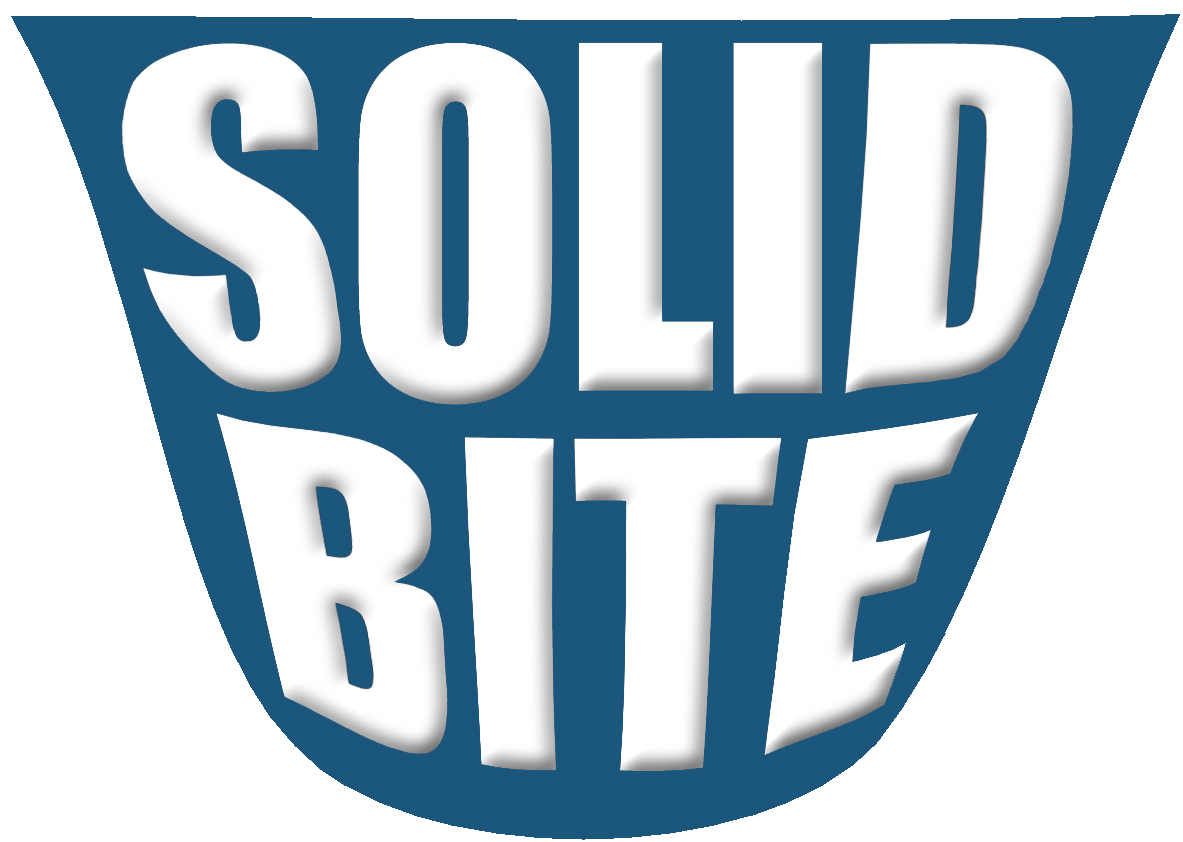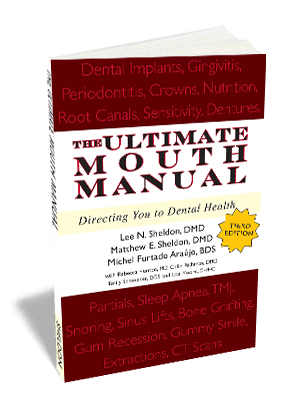
I am a periodontist who has been using OralDNA® testing to determine periodontal pathogens for many years. Our practice consists of two periodontists and a restorative dentist. Most of our patients have major dental needs such as implants, bone grafts, and restorative needs, as well as a large population with chronic periodontitis. Philosophically, I believe that saving teeth is the role of a periodontist. Too many teeth are being extracted that can be saved in health for many years. There are too many false assumptions currently being practiced. For example, a class 3 furcation does not condemn a tooth. If there is no mobility, I’ve seen teeth like these survive indefinitely as long as we get to the source of the problem, which is primarily bacteria, and for some, viruses.
My goal in therapy, at least in the straight periodontal cases with no major restorative needs, is to remove all of the local factors that cause periodontal disease, without the use of a scalpel. We use surgical measures when needed, but not for chronic periodontitis. We have found a nonsurgical approach for periodontitis that is truly effective for us. This approach includes two adjunctive tools: periodontal endoscope and OralDNA® Labs’ MyPerioPath®. The endoscope makes my hygienist a better hygienist. She can effectively remove the calculus deep in the pocket because she can now see it. The talent of my hygienists using the endoscope is the primary reason why I don’t have to perform periodontal surgery for chronic periodontitis.
For the majority of my periodontal patients I order a MyPerioPath® before I treat, to first identify what bacteria I’m dealing with. If the results indicate increased levels of aggressive bacteria, I will treat them with the recommended antibiotic regimen in conjunction with the endoscopic root preparation treatment. On a case where there is a lot of calculus present and the tissue has some resistance to the periodontal probe, I may perform only the endoscopic treatment. Then I perform the first MyPerioPath® after therapy to determine the next steps.
There is a lot to be derived from the MyPerioPath® report. With this report, our diagnosis and treatment are on par with what patients expect when receiving medical treatment: Diagnose first, then treat. Our patients are provided with a written report showing the bacteria that are present in an easy to read format. We can talk about the bacteria, and particularly the relationship between specific bacteria and systemic diseases. Additionally, the test is unique and elicits a particular “wow factor” that sets us apart. The periodontal exam graduates from an exercise in pocket identification to a bacterial identification and diagnosis. It is both sophisticated and easy to understand. Above all, it produces results.
Click image for a downloadable copy.
For more information on how to become an OralDNA Provider – scan HERE: 
- Master the Comprehensive Examination - May 10, 2024
- Nobody Has Ever Done that Before - May 26, 2023
- Words of Wisdom from Lee Sheldon DDS - March 4, 2022

